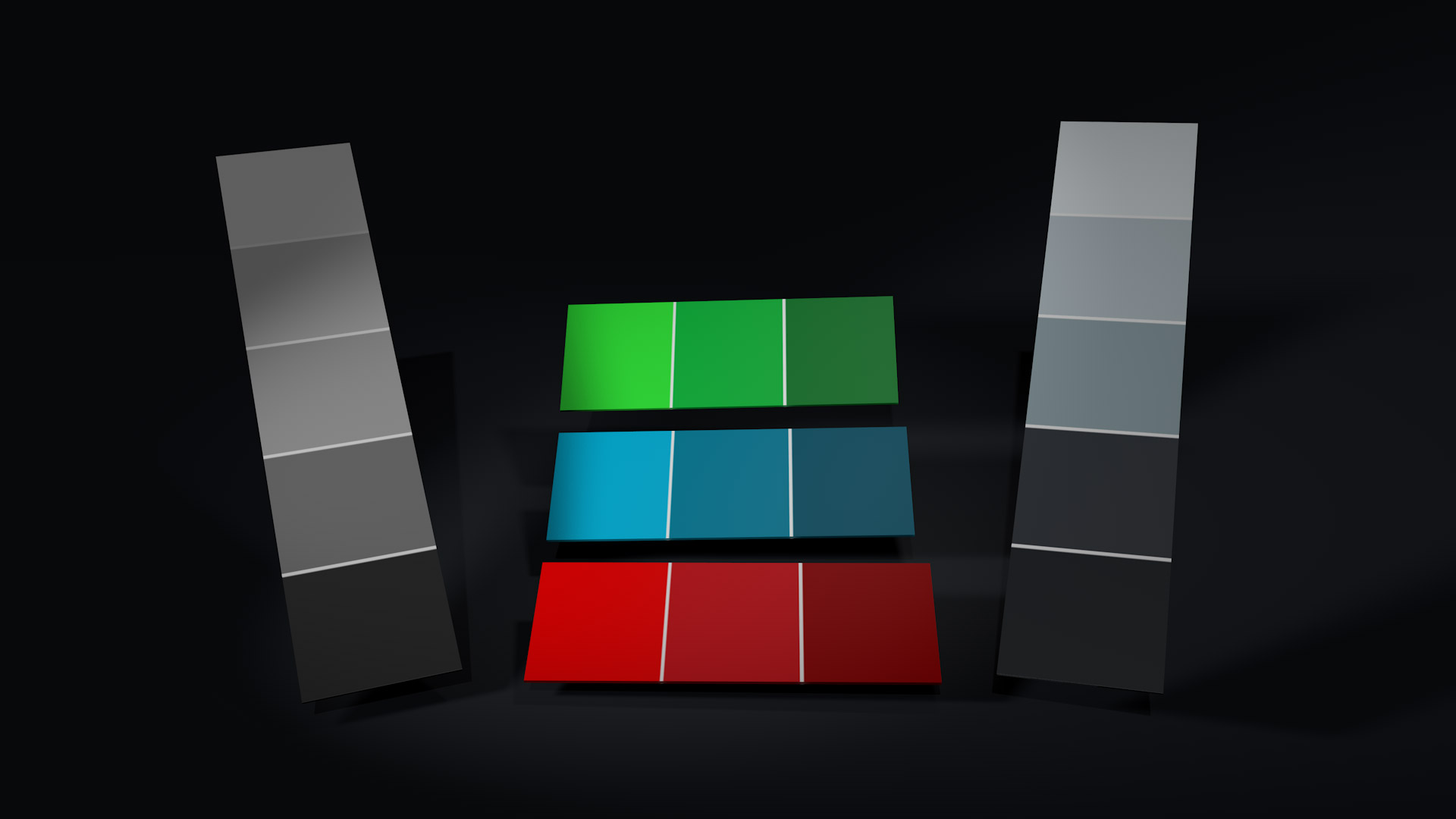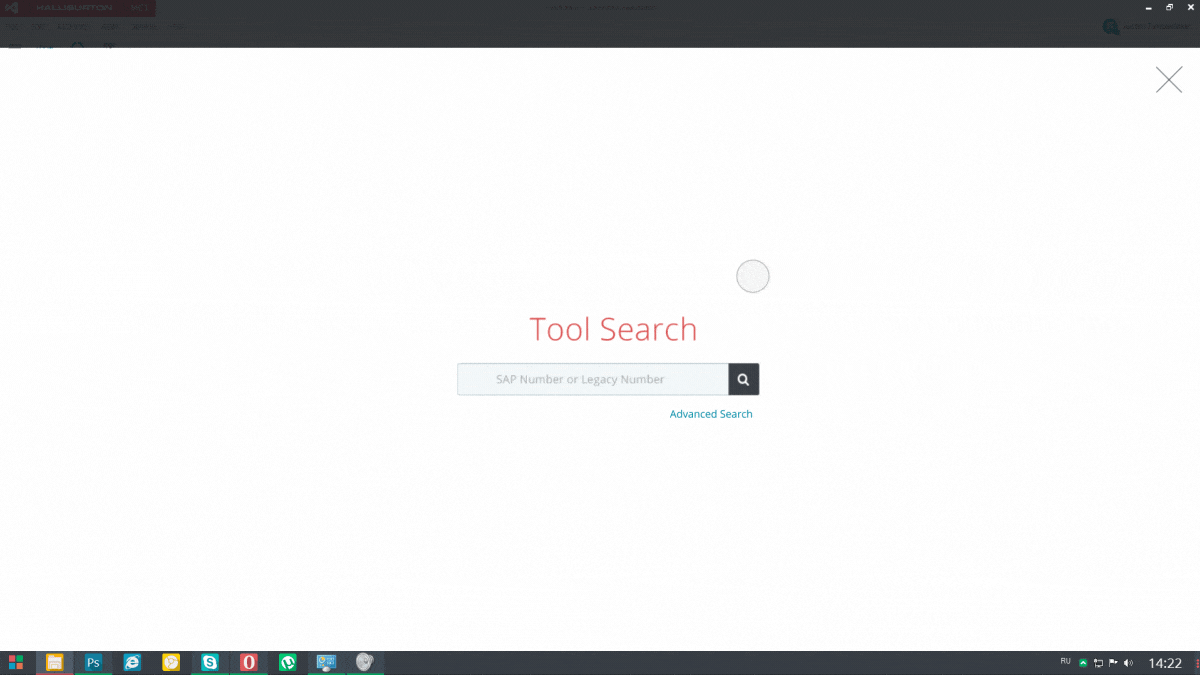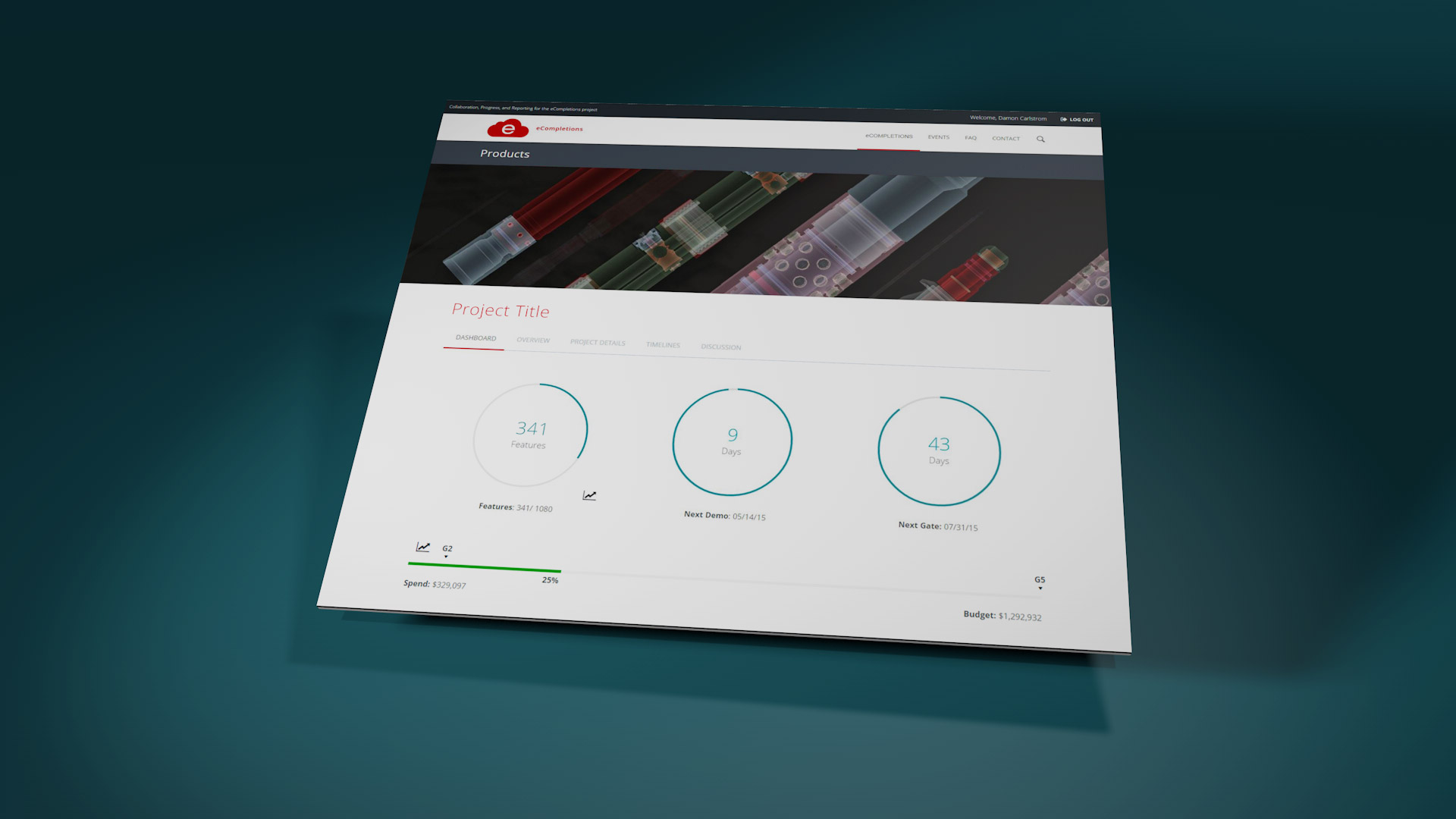Halliburton eCompletions
Synthesizing Product and Service Fragmentation
Problem:
The suite of applications used across the ‘Completion Tools’ department was built in disparate silos, without any consistency in a number of aspects. This was creating unnecessary needs for extra engineering efforts, data management redundancy, and general branding inconsistencies.
Solution:
By developing set of design principles and standards that can be applied to department-wide software development and approaching existing applications with user-centered methodologies, we could improve key business metrics and user satisfaction of tools they are required to use day-to-day.
High-Level Issues
After observing the various applications used in by different types of workers, there were a few general problems that were easy to identify. All sets of applications required for each role lacked design consistency, intuitive usability and general standards. After speaking with stakeholders familiar with the software, it was confirmed that these problems were true and resulted in various user frustrations and task completion issues.

App Ecosystem
By creating an environment for new and old applications to live, software can be easily managed, distributed, and updated. Users also have various options to uniquely tailor their workflow and tools in a way that best suites their role.

Users
The type of role could vary greatly for employees from design jobs in an office, to working in loud, noisy shops, to any of the field focused positions. It was obvious that the internal software needed to live under one cohesive system, but what can we assume about our users as a whole that will provide direction for our design approach?
After doing a little research we were able to make a couple general assumptions that majority of the users will be less-than-average tech savvy users. It was also assumed that given the wide range of work environments, the most difficult should be considered which is a noisy, distracting, potentially dangerous one.

Design Strategy
The goal was to create a design system and UI library that was simple and flexible enough to be used in various types of applications for any type of user or work atmosphere. The users identified above needed a lot of familiar controls and layouts - nothing too unorthodox or experimental. It also needed to be very scalable with such a large, geographically-dispersed user base.

High Contrast and Negative Space
In order to achieve the clean, streamlined aesthetic the color system had to be one that offered both subtle and high contrasting options. Also, negative space would be mainly responsible for providing the necessary content separation along with some subtle details. This creates a simple, content-focused style that is equally usable in an office or out in a loud, distracting environment.

Custom Workspaces
The 'Mission Control' dashboard of the ecosystem is highly customizable - able to provide multiple job spaces depending on usage scenario. Widgets can be grouped together in related workspaces to increase multi-tasking efficiency and task completion speed.

New Feature Learning System
Continuous delivery of new product features accross all software appications to users around the world also requires a systematic way to quickly teach users new changes and improvements. Just-In-Time learning is a great method to do this - combining useful tips and explanations along with new software releases.

Contextual Transitions
UI animations were meant to transition to states and new content in a way that made sense for why it was changing in the first place. Reasons for why an animation occurred the way it did should seem to make sense, other than “It just looked neat."
Looking Forward
While the final outcome is not yet observable, it does seem certain that these assumptions and design tactics are proving to be very useful in developing new, universal standards for a suite of multi-purpose software.






